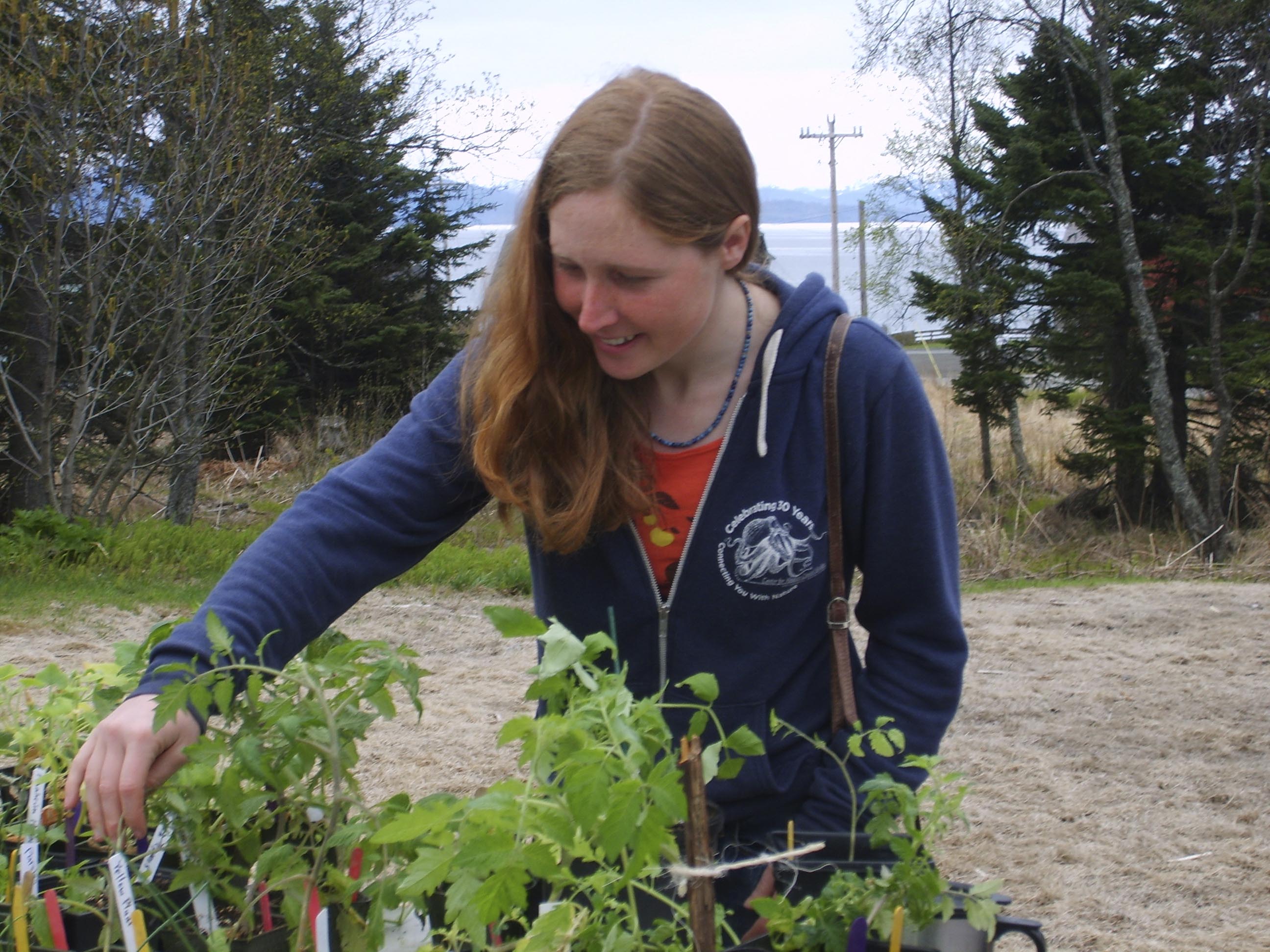It is a tad difficult to be upbeat when the majority of the plants in my perennial beds are dead. I will consider this an opportunity. A chance to correct some irksome mistakes. A chance to simplify.
Those gorgeous Black Knight Pacific Giant delphiniums that have been thriving along the railing of the deck for the last 15 years are no more. I brought them down with me from mile 15 East End where they lived for 20 years and were given to me, so who knows how old they were.
But, you know what? They were in the wrong place from get go. They completely blocked the view of the rest of the garden. When sitting on the deck (it happens) it almost felt claustrophobic.
I have replaced them with a smaller version. And while I’m at it, how about the filipendula Kehome that takes up way too much room along the path? What is left of it will be moved in front of the new delphiniums.
Who knew doronicom could die? Or campula glomerata? The list goes on and on.
The 14 peonies are dead. Every single one of them. How much longer do I wait to see if anything happens? Not any longer. I have four, just four, to replace them. They were planted too close together. I was always a tad concerned that botrytis (a fungal disease), which loves peonies that don’t have enough air circulation, would find them.
The ice beat the botrytis.
And that seems to be the problem — the ice that came the end of October and left the end of April has suffocated our perennials. If not all of them then most of them.
No matter which side of the political chasm you have pitched your tent, call it global warming, climate change, whatever, there is no denying the fact that no one has seen a winter like this before. That includes gardeners that
were born here.
So here we are.
Make your replacements, or wait, whichever suits your nature. Personally, I am moving on and replanting, moving, reorganizing the whole layout, rethinking how I garden. Simplifying. Lots of one kind of plant, I like the impact. I’ll use annuals for shots of color, and this year for sure, they will be doing a lot of filling in blank spaces while I get this figured out.
Fortunately, there is the vegetable patch which is seasonal and thriving, although I noticed a giant cutworm when I was removing a delphinium root. These worms can do major damage to your crops. When I plant a seedling I slide a four inch skewer along the side of the stem. This thwarts the worm.
But the plants that are just emerging from seed are susceptible to being cut down. I wouldn’t mind as much if the cutworm ate the whole seedling but it just takes a bite and moves on to the next one.
Be checking your direct seeded crops to make sure you have something and not a row of toppled seedlings. If that is the case, replant. These pests don’t seem to be a problem at the higher elevations, but in town they are prevalent. There you go — an advantage to living at elevation.
It is still cold but the bush green beans are now on their own. They are living under a solar umbrella. I love these beans, and I am crossing my fingers that they can handle the cold. They needed to go somewhere other than the greenhouse and the containers that were getting too small for them. The artichokes are also under these umbrellas.
I wasn’t going to grow artichokes any more. Two years ago I had an epiphany — too large a plant for too little food. But one season without homegrown artichokes convinced me I needed my own.
The vegetable garden is completely in, albeit three weeks later than I usually put it in, but, nevertheless, in. Covered in floating row cover for added heat retention (and we need every advantage) and pest control. My garden looks like a neatly made bed. Could be worse. I think.
The greenhouse. Thank goodness for the greenhouse. We have been eating salads since the first of May. The tomatoes are set, the beans are almost in bloom. The smell is enough to put a smile on my face, which needs a smile.
It is amazing how much and how often the greenhouse needs to be watered. I am staking the tomatoes and cucumbers. If I neglect this task the plants fall all over the place and make it impossible to even walk in there, I know, having failed to offer support in the past.
Keep gardening. Why not? Let’s hope this past winter was an anomaly. You never know what next year will offer.
Rosemary Fitzpatrick is a longtime Homer gardener.


